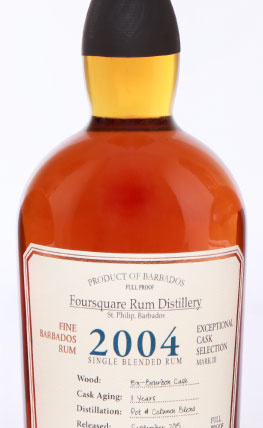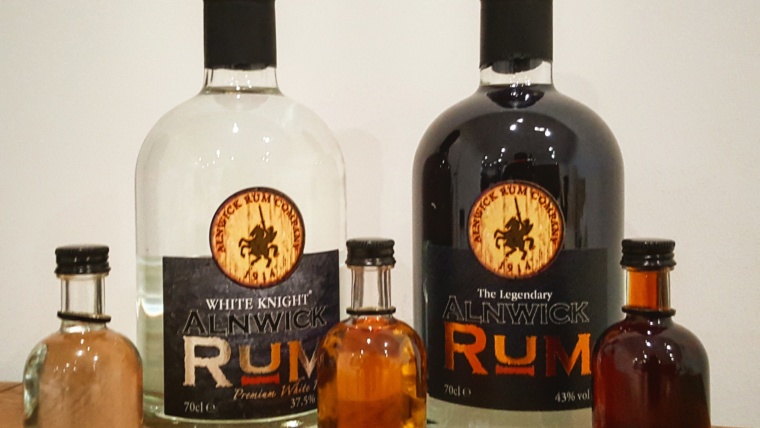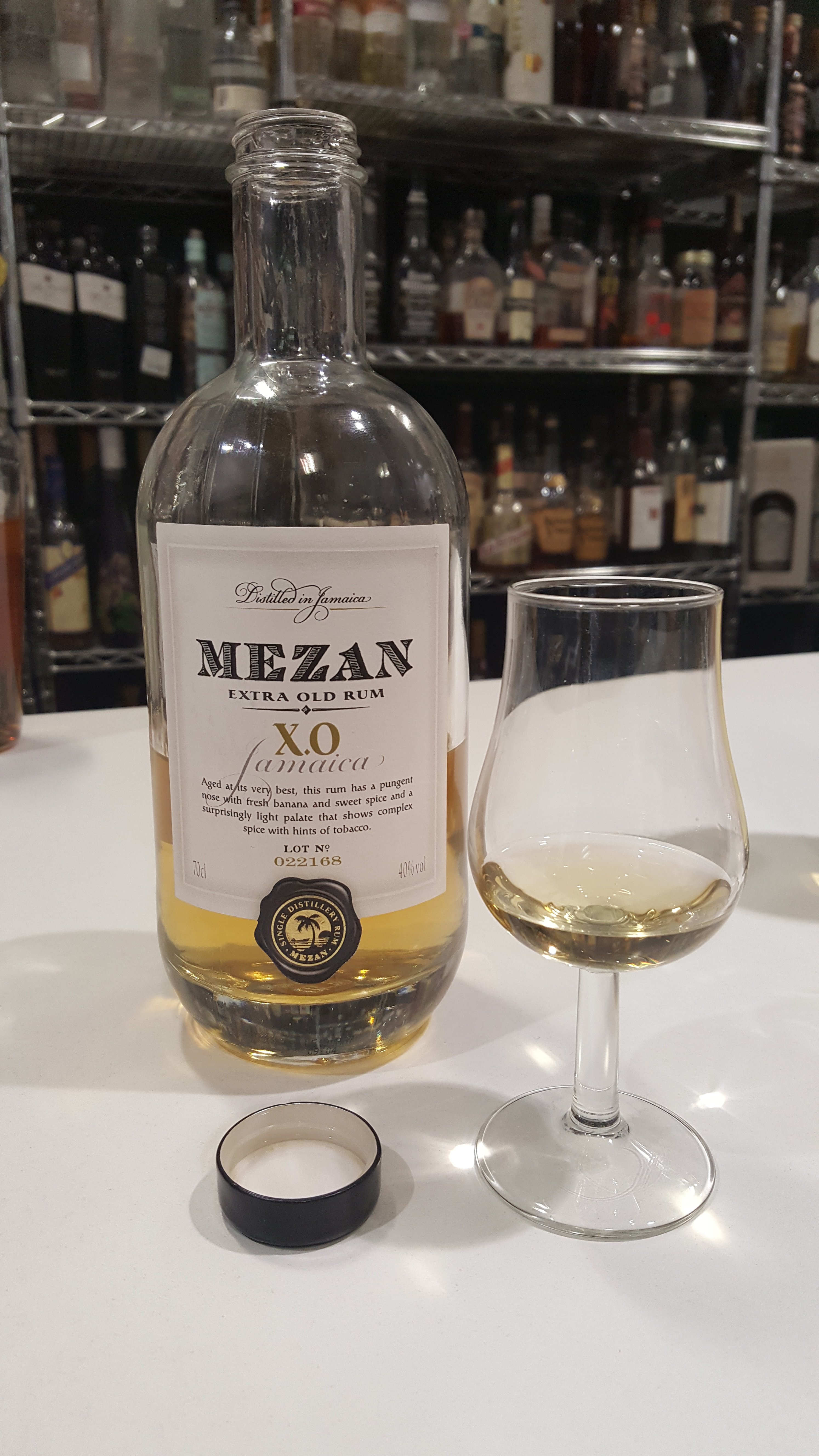
A little while ago RumCask put on a Rum Masterclass at Charlotte’s W5, Ealing for those who wanted to discover or even learn more about the wonderful spirit! Rums made from molasses and sugar cane honey were of course present but we also wanted to challenge our audience with a true Rhum Agricole. Agricoles are distilled from sugar cane juice and are typical of the French Islands of the Caribbean such as Martinique and Guadeloupe. Our rhum of choice for the group that evening was the HSE Élevé Sous Bois (big thanks to Roger Barnes, Sergio Murath and Timmy Falzon for their support).
Habitation Saint-Etienne’s own website provides the best insight into the history of the distillery and paraphrasing would do it an injustice:
“Saint Etienne was modelled after “La Maugée”, a sugar refinery covering over 400 hectares from Gros Morne to Saint Joseph in the early 19th century. The architectural structure, including the master’s house, overlooking the distillery and the old workers’ huts, reflect a typical farm in Martinique.
In 1882, Saint Etienne was purchased by Amédée Aubéry, a young captain of industry who became one of the most famous figures in the economy of Martinique. He transformed the sugar refinery into a farm distillery and began to modernise infrastructures. He expanded the factory and built a beautiful façade with 28 curved windows, providing the building with optimal ventilation. Railways were set up near the distillery: draft animals pulled trolleys carrying sugar cane. Hydraulic power was provided by the River Lézarde through a stony canal that ran through the Creole garden.
 In 1909, the property came into the possession of the Simonnet family who developed the distillery activity until its decline at the end of the 1980s. The estate was taken over in 1994 by Yves and José Hayot, who relaunched the Saint-Etienne brand and began restoring and enhancing the sugar estate’s architectural heritage. The distillery, henceforth registered in the Additional Inventory of French Historic Monuments, is one of the only-remaining and most precious references of the craftsmanship and aesthetic appeal of industrial architecture of the end of the 19th century in Martinique. Its renovation is nearing completion.”
In 1909, the property came into the possession of the Simonnet family who developed the distillery activity until its decline at the end of the 1980s. The estate was taken over in 1994 by Yves and José Hayot, who relaunched the Saint-Etienne brand and began restoring and enhancing the sugar estate’s architectural heritage. The distillery, henceforth registered in the Additional Inventory of French Historic Monuments, is one of the only-remaining and most precious references of the craftsmanship and aesthetic appeal of industrial architecture of the end of the 19th century in Martinique. Its renovation is nearing completion.”
Today HSE has 18 different varieties of rhum ranging from their Rhum Blanc 50o through to a range of world cask finishes aged in barrels from Olorosso and Pedro Ximenez. HSE even has a rhum that is aged in a heavily charred Kentucky Bourbon barrel known as the Black Sheriff!
Our chosen HSE offering for the evening was the Élevé Sous Bois (ESB). To wine drinkers ESB is a term that refers to a “forest floor or undergrowth note”; something seasoned Agricole drinkers will be able to relate to. Now just as the EU (ooo errr) has its Protected Designation of Origin (PDO) to ensure things like Feta Cheese, Champagne and Melton Mowbray Pork Pies all come from where they say they do (and thus avoiding frauds) the French created the Appellation d’Origine Contrôlée (AOC). A rhum that is labelled “Martinique Rhum Agricole AOC” must meet strict guidelines as to how it is produced pertaining to its terroir, distillation process and ageing. The three categories are Rhum Blanc Martinique, Rhum Martinique Élevé Sous Bois (cask aged) and Rhum Martinique Vieux (extra aged). For more information click here.
HSE’s ESB has been aged from between 12 and 18 months in French Oak barrels on the island and is bottled at 42% ABV (all Martinique rhums must be a minimum of 40%). On the nose we get vanilla, under-ripe fruits and some dried herbs. The nose is subtle and welcoming and does not suggest caution is necessary! On the tongue, the sensation is quite different. That “undergrowth” in its etymology comes to the fore and we taste grassy notes alongside the herbs. The rhum is pleasant and light on the tongue and quickly slides to the back of the throat but the flavour is all at the front and does not linger. Here we get the white grape juice mentioned in the official tasting notes alongside pear, raisins and vanilla. The rhum is young and full of character but wildly different to an equivalent aged rum from molasses.
The looks around the room are inquisitive and quite honestly, dubious! The masterclass was purposely designed to throw some curveballs at people and the HSE ESB followed quick on the heels of a (genuine) 12 year from Trinidad. Predictably a crowd pleaser (and rightly so) the HSE ESB was sent up next as an abrasive affront to everything our class had just learned to love! However, as people took their second and third sips (our classes had pretty generous pours) you could sense a shift in the tide and as eyebrows raised, the rhum went down. The HSE ESB had opened the eyes to a new room of r(h)um drinkers as to the wonders of Agricole and its steep history and culture.
As you know, we don’t rate rums on our platform but we would like to tell you how to drink them if you’d let us kindly! If you were to get yourself a bottle of HSE ESB (and we highly suggest you do) then perhaps the way to best cultivate it to your drinking repertoire is by creating a Ti’ Punch cocktail. Check out our write up here on that particular favourite of ours.
A votre santé!



